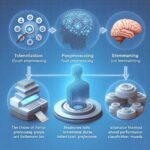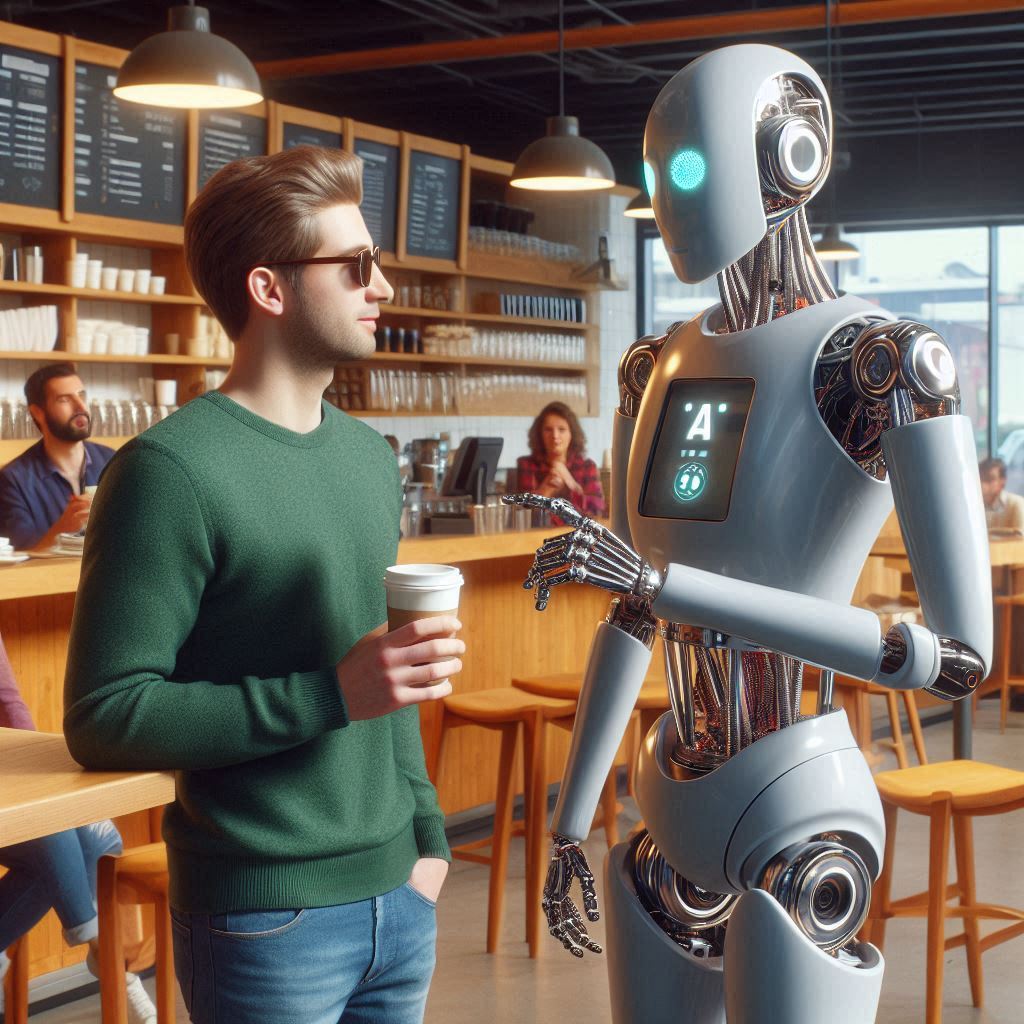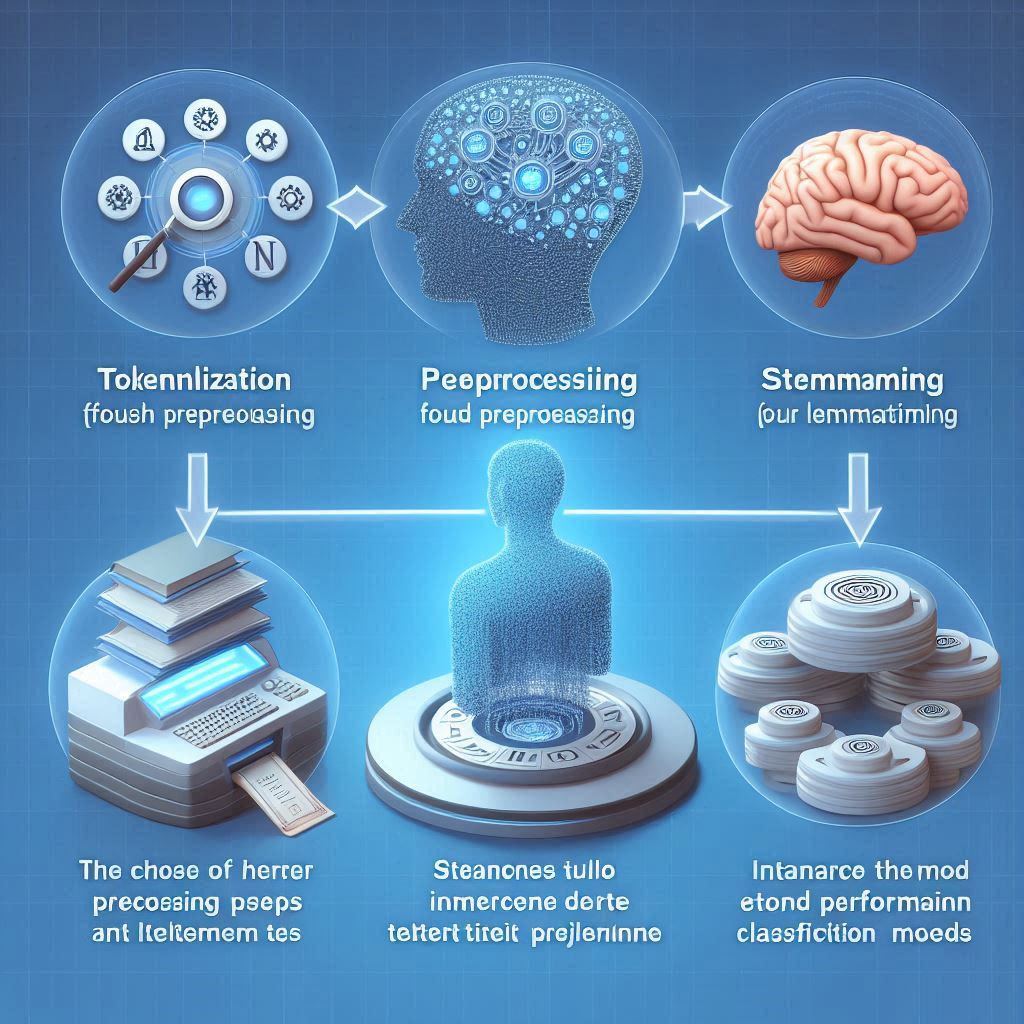Generative pre-trained transformers (GPTs) are a type of deep learning model that has been gaining popularity in recent years due to its ability to generate human-like results on a variety of tasks. GPTs are based on the transformer architecture which was first introduced in 2017 and has since become the go-to deep learning model for a wide range of natural language processing (NLP) tasks. GPTs are different from traditional transformers in that they are pre-trained on large datasets and then fine-tuned for specific tasks. This pre-training allows GPTs to generate more accurate results and makes them more suitable for a variety of tasks. In this article, we will discuss what GPTs are, how they work, and their applications in various fields.
What are Generative Pre-trained Transformers?
Generative pre-trained transformers (GPTs) are a type of deep learning model that is based on the transformer architecture. GPTs are pre-trained on large datasets and then fine-tuned for specific tasks. The pre-training allows GPTs to generate more accurate results and makes them more suitable for a variety of tasks. GPTs are used in many different fields, including natural language processing (NLP), image processing, video processing, speech recognition, text generation, machine translation, robotics, and autonomous vehicles.
Pre-training Generative Transformers
GPTs are pre-trained on large datasets in order to learn the underlying structure of natural language. This pre-training allows GPTs to generate more accurate results and makes them more suitable for a variety of tasks. The pre-training process involves training the model on a large corpus of text, such as Wikipedia or other large datasets. The model is then fine-tuned on specific tasks, such as language translation or text generation.
Benefits of Generative Pre-trained Transformers
GPTs have many advantages over traditional transformers. The pre-training process allows GPTs to generate more accurate results and makes them more suitable for a variety of tasks. GPTs also have the ability to generate human-like results on a variety of tasks, making them a powerful tool for natural language processing. In addition, GPTs are able to learn from a large corpus of text, making them able to generate results that are more accurate and consistent than traditional transformers.
Generative Pre-trained Transformers vs. Traditional Transformers
GPTs are different from traditional transformers in that they are pre-trained on large datasets and then fine-tuned for specific tasks. This pre-training allows GPTs to generate more accurate results and makes them more suitable for a variety of tasks. Traditional transformers are limited in that they are only trained on a single task and are not able to generalize to other tasks. GPTs, on the other hand, are able to learn from a large corpus of text and can be fine-tuned for a variety of tasks.
Generative Pre-trained Transformers in Natural Language Processing
GPTs are well-suited for natural language processing (NLP) tasks such as language translation, text summarization, and question answering. GPTs are able to generate more accurate results than traditional transformers due to their pre-training process. GPTs are also able to learn from a large corpus of text, making them more suitable for a variety of tasks. GPTs have been used in a variety of NLP tasks, such as language translation, text summarization, question answering, and text generation.
Generative Pre-trained Transformers in Image Processing
GPTs have also been used in image processing tasks, such as image classification and object detection. GPTs are able to learn from a large corpus of images and can generate more accurate results than traditional transformers. GPTs have been used in a variety of image processing tasks, such as image classification, object detection, and image segmentation.
Generative Pre-trained Transformers in Video Processing
GPTs have also been used in video processing tasks, such as video classification and object tracking. GPTs are able to learn from a large corpus of videos and can generate more accurate results than traditional transformers. GPTs have been used in a variety of video processing tasks, such as video classification, object tracking, and video summarization.
Generative Pre-trained Transformers in Speech Recognition
GPTs have also been used in speech recognition tasks, such as speech-to-text and speech synthesis. GPTs are able to learn from a large corpus of audio and can generate more accurate results than traditional transformers. GPTs have been used in a variety of speech recognition tasks, such as speech-to-text, speech synthesis, and voice recognition.
Generative Pre-trained Transformers in Text Generation
GPTs have also been used in text generation tasks, such as text summarization and text completion. GPTs are able to learn from a large corpus of text and can generate more accurate results than traditional transformers. GPTs have been used in a variety of text generation tasks, such as text summarization, text completion, and text generation.
Generative Pre-trained Transformers in Machine Translation
GPTs have also been used in machine translation tasks, such as translation between languages. GPTs are able to learn from a large corpus of text and can generate more accurate results than traditional transformers. GPTs have been used in a variety of machine translation tasks, such as translation between languages, text-to-speech, and speech-to-text.
Generative Pre-trained Transformers in Robotics
GPTs have also been used in robotics tasks, such as object recognition and navigation. GPTs are able to learn from a large corpus of images and can generate more accurate results than traditional transformers. GPTs have been used in a variety of robotics tasks, such as object recognition, navigation, and path planning.
Generative Pre-trained Transformers in Autonomous Vehicles
GPTs have also been used in autonomous vehicle tasks, such as object detection and path planning. GPTs are able to learn from a large corpus of images and can generate more accurate results than traditional transformers. GPTs have been used in a variety of autonomous vehicle tasks, such as object detection, path planning, and autonomous driving.
Generative Pre-trained Transformers in Summary
Generative pre-trained transformers (GPTs) are a type of deep learning model that is based on the transformer architecture. GPTs are pre-trained on large datasets and then fine-tuned for specific tasks. The pre-training allows GPTs to generate more accurate results and makes them more suitable for a variety of tasks. GPTs are used in many different fields, including natural language processing (NLP), image processing, video processing, speech recognition, text generation, machine translation, robotics, and autonomous vehicles. GPTs have many advantages over traditional transformers, such as the ability to generate more accurate results and to learn from a large corpus of text. GPTs are a powerful tool for natural language processing and have been used in a variety of tasks, such as language translation, text summarization, question answering, image classification, object detection, video classification, object tracking, speech-to-text, speech synthesis, voice recognition, text summarization, text completion, text generation, machine translation, object recognition, navigation, path planning, and autonomous driving.













2 thoughts on “Generative Pre-trained Transformers”